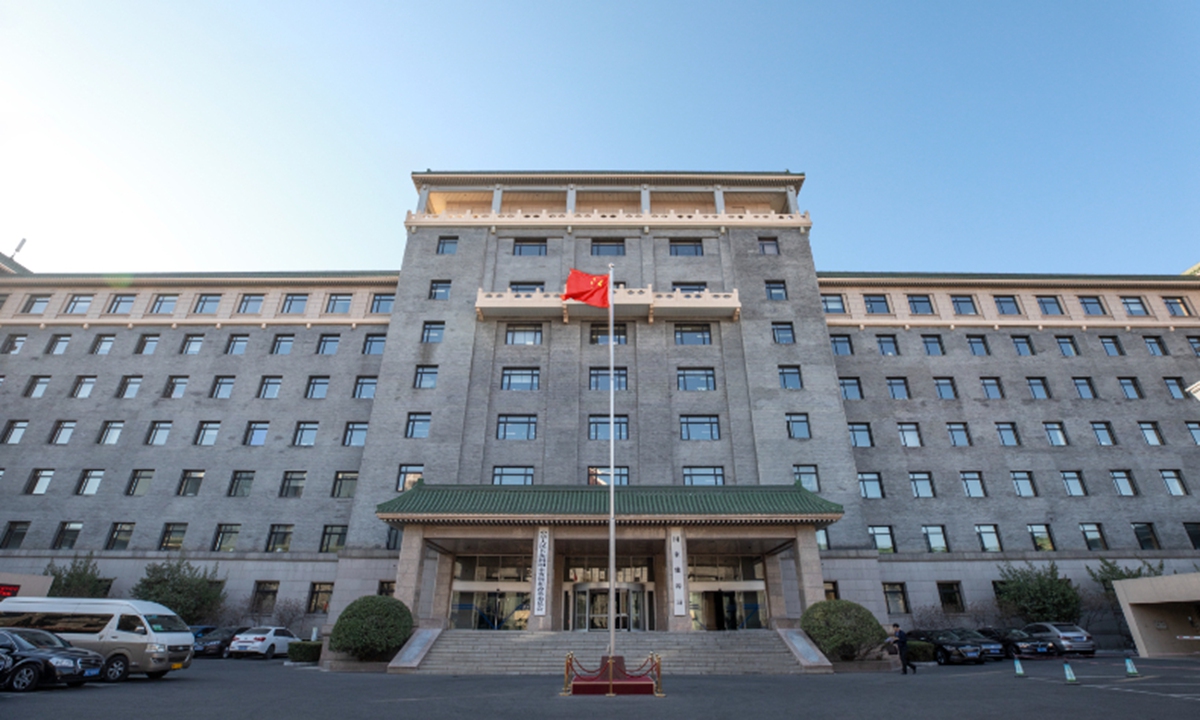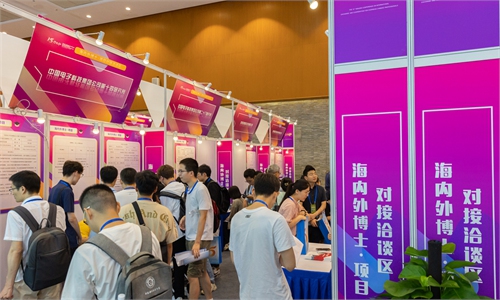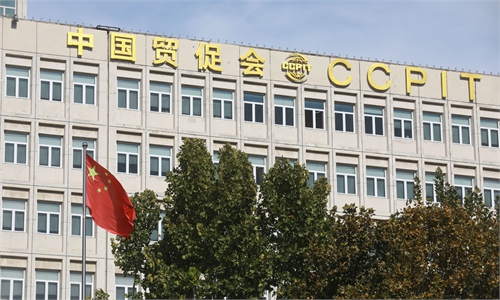Central budgetary investment in supporting social undertakings in 2025 to increase by 30% from 2020: China’s top economic planner

The National Development and Reform Commission File Photo: VCG
Officials of six ministries on Tuesday interpreted measures under the guideline that China issued on Monday to improve livelihoods and address public concerns. The guideline was introduced to further safeguard and improve people's livelihoods, focusing on addressing urgent public concerns and promoting fairer, more balanced, inclusive and accessible livelihood development.
The guideline focuses on addressing the most pressing, direct and practical interests of the people regarding livelihood security, and it proposes 10 policy measures across four areas, according to a document published on the government's website on Monday.
It is expected that the scale of central budgetary investment in supporting social undertakings in 2025 will increase by more than 30 percent compared with the end of 2020, Xiao Weiming, a deputy secretary-general of the National Development and Reform Commission (NDRC), said on Tuesday at a press conference interpreting the guideline.
This will be part of the efforts to coordinate both "hard investment" and "soft construction" under the guideline, said Xiao.
Xiao stated that since the 14th Five-Year Plan (2021-25) began, the NDRC has continuously increased investment in livelihood projects. Notably, starting in 2024, efforts have been intensified to support the construction of a number of landmark projects in social undertakings - projects for implementing major national strategies and building security capacity in key areas, as well as the implementation of large-scale equipment upgrades and consumer goods trade-in programs.
While implementing "hard investment" projects, Xiao said that the NDRC has accelerated the introduction and implementation of "soft construction" measures, improving the dual-driven approach of projects and policies. This aims to reform mechanisms through investment, striving to fully realize the effects of addressing shortcomings, boosting domestic demand and improving people's livelihoods.
"Based on thorough research and coordination with all parties, we will work together to formulate the 15th Five-Year Plan (2026-30), proposing major strategic tasks, policy measures and engineering projects in the field of people's livelihoods, integrating livelihood development into the national blueprint for the 15th Five-Year Plan," said Xiao.
Xiao also noted that China's livelihood development faces new circumstances and requirements. There is a need to further improve more balanced and inclusive livelihood policies.
"Addressing population aging and declining birth rates, as well as adapting to diverse employment patterns, requires enhanced convenience and accessibility of public services," said Xiao.
In terms of employment, Zhai Yanli, director general of the Social Insurance Management Center of the Ministry of Human Resources and Social Security, said at the press conference that the country will remove the hukou (household registration) restrictions for social insurance in employment locations, while implementing more flexible participation and payment methods for insurance.
In order to strengthen the employment-first policies, the central government has allocated 66.74 billion yuan ($9.29 billion) in employment subsidies to support local governments in implementing employment and entrepreneurship support policies, Ge Zhihao, director of the Department of Social Security at the Ministry of Finance (MOF), said on Tuesday at the press conference.
Apart from supporting employment, the MOF will allocate funds to improve the level of basic pension security and basic medical security, promote educational support, and strengthen basic living security for disadvantaged groups, said Ge. This year, the central government has further increased subsidy efforts while implementing nationwide pension insurance coordination, benefiting more than 300 million elderly people, Ge added.
Ge noted that livelihood issues, which are closely tied to the immediate interests of the people, have consistently been key areas for fiscal support. In 2025, fiscal investment in livelihood sectors has further increased, with national budgets for education totaling nearly 4.5 trillion yuan, up by 6.1 percent year-on-year, and spending for social security and employment also approaching 4.5 trillion yuan, up by 5.9 percent. Health and other related expenditures also maintain significant growth rates.
"Employment is the foundation of people's well-being. By ensuring stable jobs, we can increase incomes, thereby stimulating consumption," Li Changan, a professor at the Academy of China Open Economy Studies at the University of International Business and Economics, told the Global Times.
Yang Delong, chief economist at Shenzhen-based First Seafront Fund, told the Global Times that the current core focus remains on boosting demand, with expectations that more growth-stabilizing policies may be introduced gradually.
"A package of economic stabilization measures has driven a recovery in China's economy and capital markets," Yang said.
In late April, China reiterated its commitment to closely monitor changes in domestic and global economic conditions, dynamically refine its policy toolkit, and roll out measures to keep its employment and economic performance stable and promote high-quality development.
Chinese officials, at a press conference on April 28, detailed the new measures across five key areas: supporting employment, keeping foreign trade stable, promoting consumption, expanding effective investment, and fostering a sound environment for stable development, according to the Xinhua News Agency.



